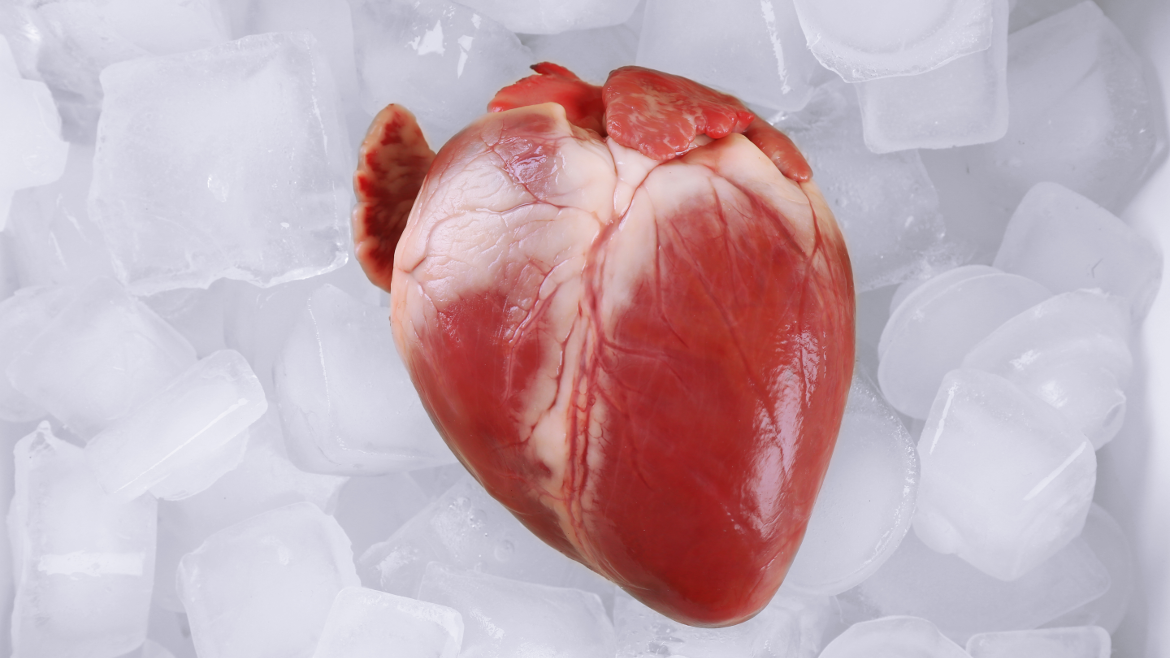On an average day, 22 people die in the US alone waiting for an organ transplant. There are 120,000 people currently waiting for a lifesaving transplant, according to the US Department of Health and Human Services.
As discussed in this blog post, some scientists are hoping to alleviate the demand for transplants by developing artificial organs for individual patients. These are many years away from clinical use, however. In the meantime, there is clearly a demand for optimising the use of our existing human organs.
Digital technology has given rise to dynamic, scalable and location-aware information systems—from Amazon’s logistics operations to Uber’s network of taxi drivers—that match supply to demand and provide visibility to the production and delivery of goods and services. The same principles could equally apply to managing the “supply chain” of organs for transplant. And in fact, much of the infrastructure is already in place.
In the US, for example, the United Network for Organ Sharing (UNOS), a non-profit organisation that manages the country’s organ transplant system, has since 2006 operated DonorNet, an Internet-based system that algorithmically matches newly available organs to patients in hospitals around the country.
DonorNet’s algorithms use the characteristics of the donor and the patient, including their weight and blood type, as well as circumstantial data, such as the distance the organ will have to travel, in order to allocate organs. The design of these algorithms is overseen and monitored by doctors, patient advocates and policymakers. An update in 2014, aimed at ensuring that better-quality organs were given to patients with the best chance of long-term survival, had been debated for “about ten years”.
Digital technology is also helping to increase the number of organs available for transplant by encouraging donor registration. In July 2016 device-maker Apple announced that the next incarnation of its smartphone operating system, iOS 10, will incorporate an upgrade to its Health app that will allow users to register easily for organ donation.
Apple’s decision was influenced by CEO Tim Cook’s experience of witnessing the deterioration of his predecessor and friend, Steve Jobs, while he waited for a liver transplant until his death in 2009. “Watching and seeing him every day, waiting and not knowing—it stuck with me and left an impression that I’ll never forget,” Mr Cook told Associated Press.
Apple’s initiative follows a similar move by Facebook in 2012, when the social network added a feature encouraging users to display their organ-donor status. On the day the feature was added to the site, 13,000 people registered for organ donation, 21 times the normal rate, according to a study by researchers at Johns Hopkins University. In the following weeks, registrations subsided to about twice the average rate.
As these examples reveal, digital technology already underpins the supply and demand of organs for transplant. But there are many opportunities for further optimisation.
Transporting organs is an area ripe for technological innovation. Despite how critical they are to the lives of transplant recipients, organs are often transported in nothing more sophisticated than a box of ice.
US company TransMedics has developed a new computerised vessel which, it claims, preserves donor hearts for longer while in transit by constant monitoring and adjusting the conditions inside the vessel. This, the company’s CEO believes, could double the volume of heart transplants by extending the distances that organs can travel before they perish.
Meanwhile, various companies are exploring the use of drones to deliver organs quickly and to places that are hard to reach. One of the most bizarre visions emerged at the annual conference of the Consumer Electronics Show (CES) in January 2016, when Chinese manufacturer EHang announced that it had signed a 15-year deal with a US biotechnology firm to provide 1,000 drones to deliver genetically modified pigs’ hearts to be transplanted into human patients. As technology website The Verge noted at the time, however, “none of this stuff is built or legal yet”.
The next frontier in the digitisation of the organ transplant supply chain is surely within the human body itself. One proposed application of nanosensors implanted in the body of a transplant patient is to monitor for signs of organ rejection. Feeding data on how well organs are received by the patient’s body back into the DonorNet system, for example, could help to reduce rejection rates and optimise organ allocation.
Like most supply chains, the way in which modern healthcare systems match organs to donors is already underpinned by digital infrastructure. But organ transplants are a matter of life and death, and these opportunities for further innovation should be thoroughly explored.
How might technology improve the supply of organ transplants further? Share your thoughts on the Future Realities LinkedIn group, sponsored by Dassault Systèmes.
Sponsored By





